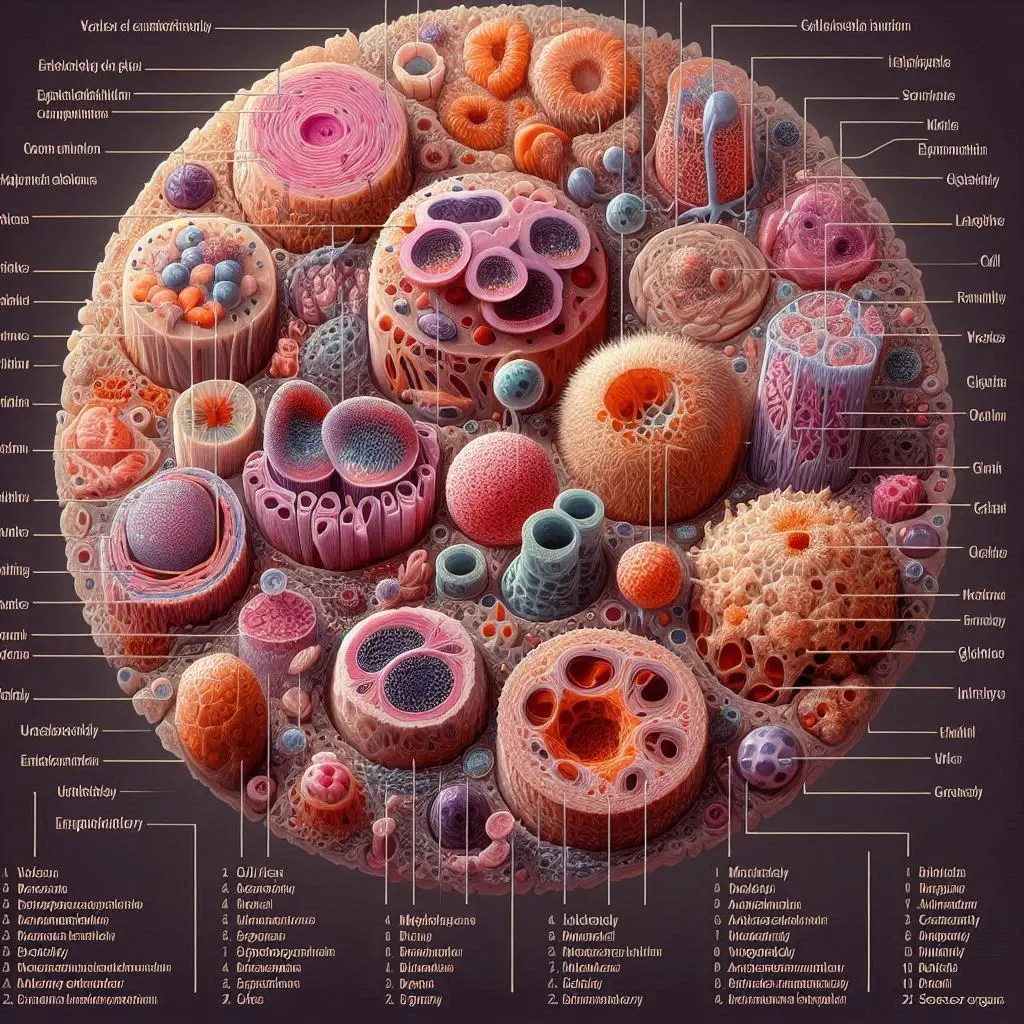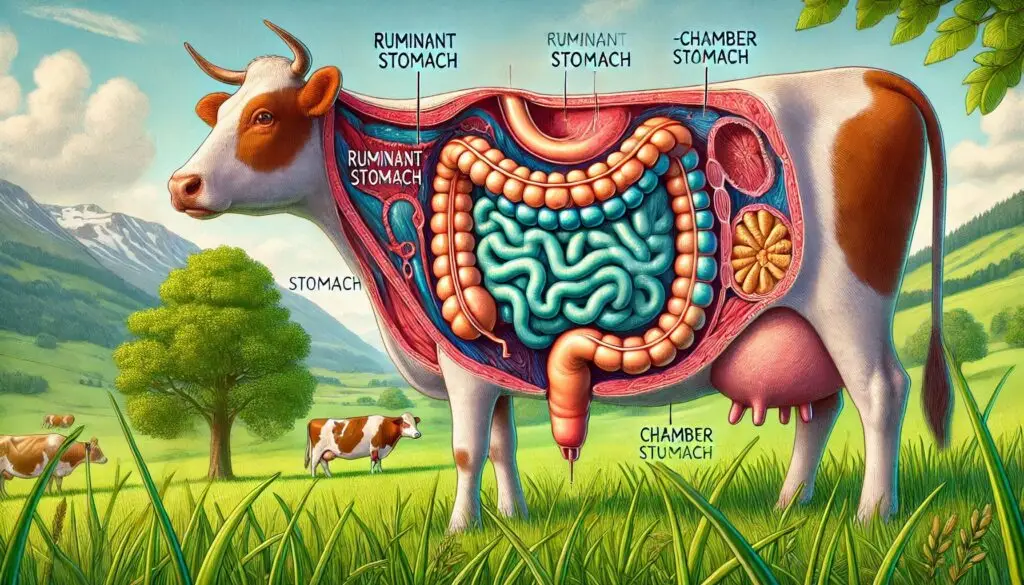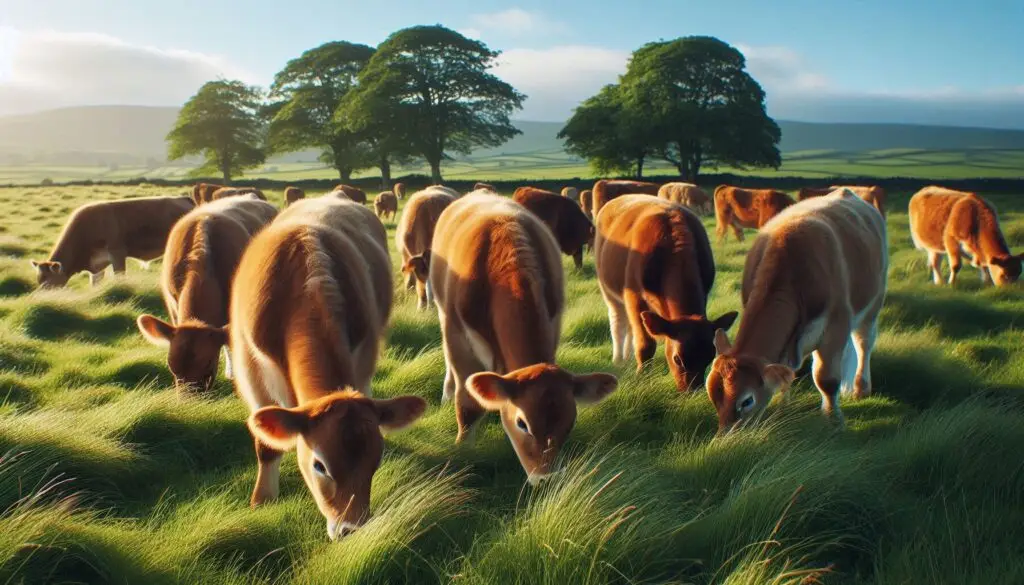Convulsions in Dairy Cows

Conditions in Dairy Cows Associated with Convulsions
Convulsions in dairy cows are alarming and indicate serious underlying conditions. These episodes often stem from metabolic imbalances, toxins, or infectious diseases. Early diagnosis and prompt treatment are essential to prevent severe complications or fatalities.
Lead Poisoning in Dairy Cows
Lead poisoning occurs when cows ingest contaminated feed, water, or lead-based materials like old batteries and paint. This toxic exposure affects the nervous system and causes severe symptoms.
Symptoms of Lead Poisoning
- Muscle tremors and convulsions
- Blindness and head pressing
- Staggering gait and depression
- Excessive salivation and grinding of teeth
Treatment for Lead Poisoning
If lead poisoning is suspected, immediate veterinary care is necessary. Calcium EDTA therapy helps bind lead in the bloodstream and reduce toxicity. Supportive care, including intravenous fluids and sedation, can stabilize affected cows.
According to research from Cornell University, removing lead sources from farm environments significantly reduces poisoning cases. Regular testing of water and feed also prevents contamination.
Preventing Lead Poisoning
- Remove old batteries, paint, and lead-based pipes from pastures
- Test water and feed regularly for contaminants
- Provide adequate mineral supplementation to reduce lead absorption
Hypocalcemia (Milk Fever)
Milk fever is a metabolic disorder caused by low blood calcium levels. It usually affects high-producing dairy cows within 72 hours of calving.
Symptoms of Milk Fever
- Muscle twitching and tremors
- Weakness leading to collapse
- Cold ears and dry muzzle
- Severe cases result in convulsions
Treatment for Milk Fever
Immediate administration of calcium borogluconate through intravenous injection restores calcium levels and prevents further complications. Oral calcium supplements can also aid recovery.
Research from Penn State University highlights that feeding a low-calcium diet before calving stimulates the cow’s ability to mobilize calcium, reducing the risk of milk fever.
Preventing Milk Fever
- Adjust pre-calving diets to maintain calcium balance
- Provide oral calcium supplements to high-risk cows
- Ensure proper vitamin D levels for calcium absorption
Nervous Ketosis
Nervous ketosis occurs when dairy cows experience excessive fat breakdown due to energy deficits. This leads to an accumulation of ketone bodies, which can cause neurological symptoms.
Symptoms of Nervous Ketosis
- Bizarre behavior, such as aggression or circling
- Muscle tremors and chewing motions
- Convulsions in severe cases
- Loss of appetite and reduced milk yield
Treatment for Nervous Ketosis
Intravenous glucose and propylene glycol drenching can restore energy balance. Cows should receive adequate nutrition to prevent excessive fat mobilization.
A study from University of Wisconsin found that early diagnosis and proper energy management during the transition period lower the risk of ketosis.
Preventing Nervous Ketosis
- Provide a balanced diet with sufficient energy levels
- Monitor body condition scores to avoid excessive fat reserves
- Detect and treat ketosis early with blood or urine tests
Polioencephalomalacia (PEM)
Polioencephalomalacia (PEM) is a neurological disorder caused by thiamine (vitamin B1) deficiency. It affects young and mature dairy cows, often resulting in convulsions.
Symptoms of PEM
- Staggering and incoordination
- Muscle tremors and seizures
- Blindness and head pressing
- Sudden collapse in severe cases
Treatment for PEM
Thiamine supplementation is the primary treatment for PEM. Early intervention prevents permanent neurological damage.
A study from Kansas State University indicates that cows on high-grain diets are more prone to PEM due to microbial imbalances in the rumen.
Preventing PEM
- Maintain a proper forage-to-grain ratio in diets
- Supplement diets with adequate thiamine
- Monitor herd health for early signs of deficiencies
Rabies in Dairy Cows
Rabies is a fatal viral disease that affects the central nervous system. It spreads through bites from infected animals like raccoons, skunks, or foxes.
Symptoms of Rabies
- Sudden aggression and behavioral changes
- Excessive salivation and difficulty swallowing
- Muscle tremors and convulsions
- Progressive paralysis leading to death
Treatment and Prevention
There is no treatment for rabies once symptoms appear. However, vaccination effectively prevents infection in dairy herds.
According to the CDC, ensuring proper fencing and reducing contact with wildlife can significantly lower rabies risk in cattle.
Preventing Rabies
- Vaccinate all dairy cows against rabies
- Control wildlife populations near farms
- Report and isolate any suspected rabid animals
Conclusion
Convulsions in dairy cows result from various conditions, including lead poisoning, metabolic disorders, and viral infections. Early diagnosis and prompt treatment are critical to reducing mortality and improving herd health. Preventative measures such as proper nutrition, environmental management, and vaccination programs help safeguard dairy herds from these neurological disorders.
For more insights on dairy cattle health, check out research from Cornell University and University of Wisconsin.
More From Animal Diseases:
Bloat in Ruminants






Responses